Thinking ahead and making a plan for one of the biggest chapters of her life was the key to a successful return to work, says Kellie McGivern.

With my recent appointment of Co-Chair to the National Committee of Gender Equity, I have been pondering how we can affect the mass exodus of women from the profession. As Gill Matthewson demonstrates in ‘The half-life of women architects’, the attrition of women peaks at the critical age of 29/30. It is surely no coincidence that this is also the age when many women have children. As women consider whether the culture of architecture is suitable for a working mother, the profession is haemorrhaging talented and highly skilled individuals, practices are bearing the cost of re-training and a shallow talent pool and, as a result, business and GDP more broadly are underperforming.
To effect change, we need to face it head-on. What are the issues holding us back? How can our employers aid our return and ultimately how do we sustain our profession and realise its full potential? As I well and truly settle back into work following seven months of maternity leave, like so many who have gone before, my experience into the unknown has come with learning and hindsight and therefore I present this letter to my not-much-younger Pregnant Architect Self from a Working Mother One Year On.
Make a plan
As an architect, you are used to preparing for projects. So too should you prepare for this great chapter in your life. You haven’t had much experience with young children, but you should know enough to discern that you can’t control what happens when a newborn baby is involved.
Plans can of course change but having one will make you feel like you have some influence over your decisions. You will have heard whisperings and biases in the past such as; ‘You are a mum, you can’t travel. You are a mum, you can’t work late. You are a mum, you are not dedicated.’ Rise above these judgements, for they speak nothing of you. You will determine your own way. Talk to your directors, discuss and embrace difficult conversations – when you wish to return to work, for how many days, when you wish to build up to full-time work, your skills and how they can be best employed.
Keep in touch
Being on maternity leave will be all-consuming. For a professional used to leading multi-million dollar projects, the simple task of finding time to have a shower will, at times, be difficult to bear. Maintaining a presence within the industry will help to bridge the gap between going on leave and re-entering the profession. Attending CPD events, taking opportunities for advanced training and maintaining pre-determined roles in the industry will enable you to keep in touch without overcommitting. Bring your new baby along to meetings when it’s suitable or dial into a teleconference while still in your dressing-gown. That way you can maintain a meaningful role without feeling overwhelmed.

See new skills as an extension of your CV
Empathy, patience, time-management, efficiency, resilience, sociability, management – don’t undermine the skill-set you have acquired during maternity leave. See it as an extension of your CV, not a gap in your career.
Extend your network and accept support
Reaching out and accepting help from others may go against the grain of today’s independent woman, but accepting help from others means that your child and your family will benefit from new perspectives and the influence of community. With increased displacement of people from their country of origin and the trend of older first-time parents, the notion of a grand-parent drought is prevalent. Reach out to your network and accept support. The values and perspectives that they offer will be invaluable. In days gone by, mothers didn’t have time to sit around watching their children. Remember, ‘It takes a village to raise a child’.

Don’t let society’s guilt burden you
The right choice of childcare will mean that you are providing your child with the best possible start in life through values, early-learning, social-skills, boosting their immune system and mentorship. Don’t let others’ guilt burden you. You know these skills will be invaluable lessons for your child’s development. Childcare is a modern extension of your local village.
Be open minded about how you work
There is more than one way to approach your return to work. If you are planning on going back part-time to start with, think about what will work best for you, your family and your company. As companies become more cognisant of the benefits of offering part-time work, consider how to best utilise your talent and skills. In a management role, a split week might work better or shorter days stretched over the week. That way you can be present in the office and more accessible than if working limited consecutive days. Non-consecutive days will also help if you are planning to continue breast-feeding. With the technical age, working from home is more viable than in days gone by. As the months pass, sleep patterns will become more predictable, which means that you can start to schedule in realistic timeframes.
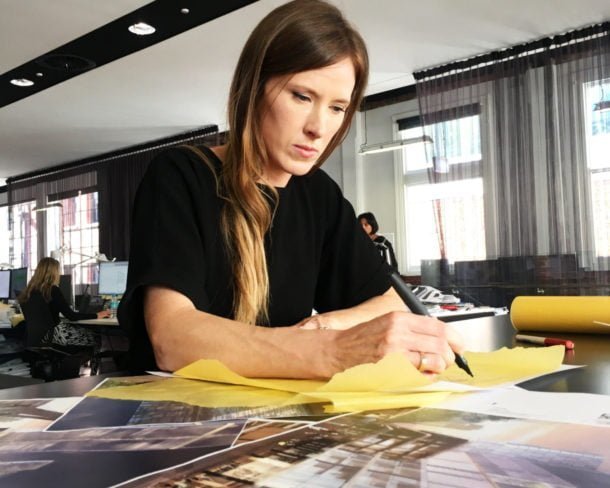
Don’t be afraid to take your baby to a meeting
There will be those times that you have an important presentation that just can’t be re-scheduled. Consider bringing your baby into the office. There will be plenty of offers for a 30-minute cuddle or, if it’s appropriate, take your baby into the meeting. Don’t underestimate the positive reaction and support of your team!
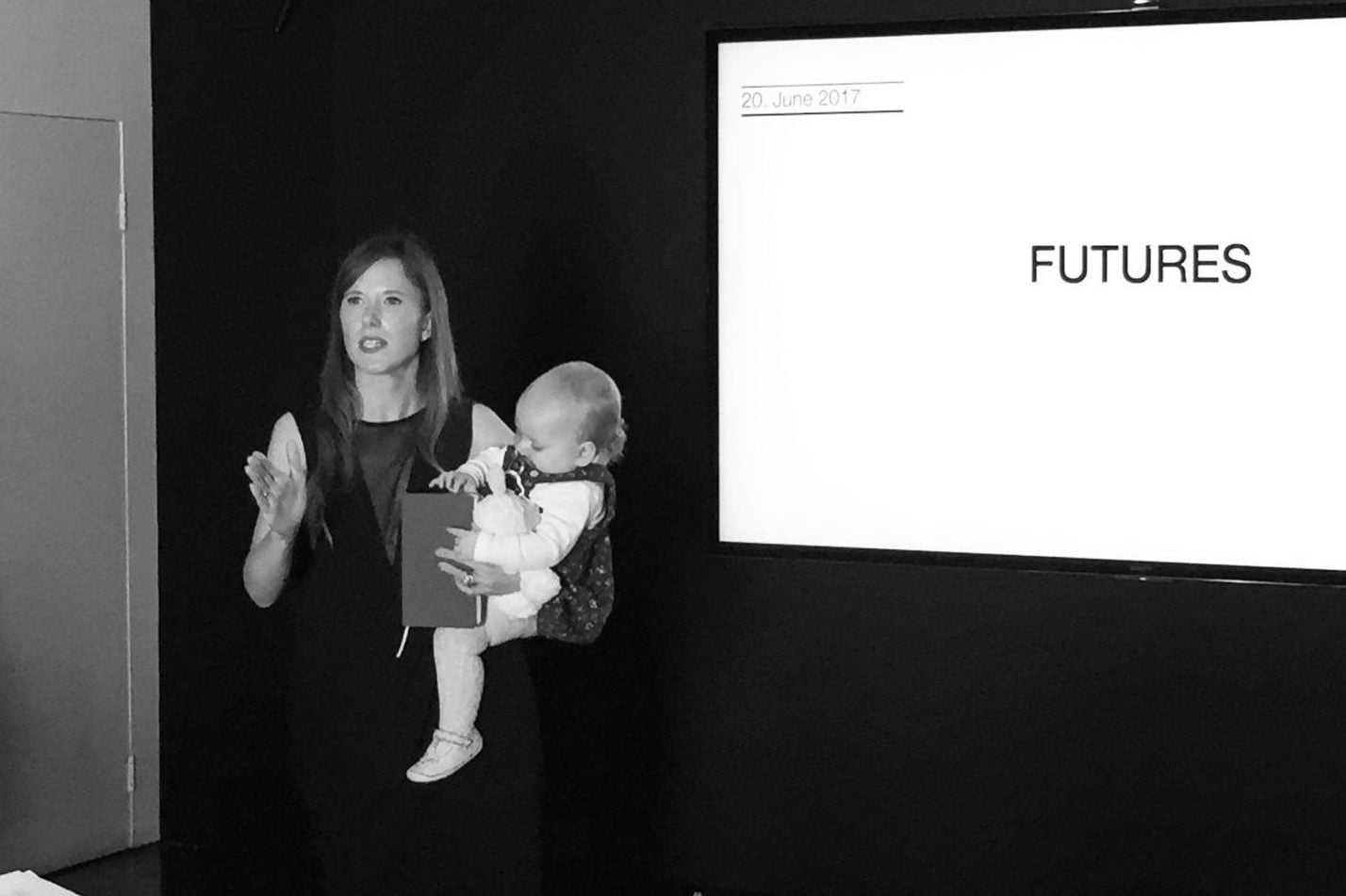
You can’t do it all
Even though society will tell you that as a woman you will excel in multi-tasking talents, there is still a limited amount of hours in the day – and today ‘mono-tasking’ is the new buzzword! You can’t possibly be all things for everyone all at the same time. Split the load with your partner – drop-offs, pick-ups, housework, cooking – and where there is a need, try guilt-free outsourcing. Do yourself a favour – just get a cleaner.
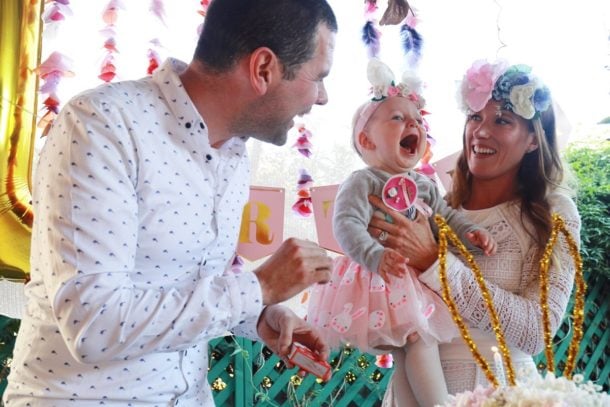
Prepare for the inevitable
What happens when your baby falls sick? Who stays at home? Quite often because a mother has been the primary caregiver in the early days, when a child is sick, unconscious gender bias can kick in and the expectation is that she will stay at home.
Discuss the plan with your partner early on, so that when it happens – and it will happen – you are both prepared. If one of you works part-time, then perhaps the full-time working parent stays at home the first day and then shared thereafter. Children can expect to fall ill nine to ten times per year. If you are working part-time, a day off sick with your baby can limit your ability to gain a meaningful contribution. Now, multiply that by ten!
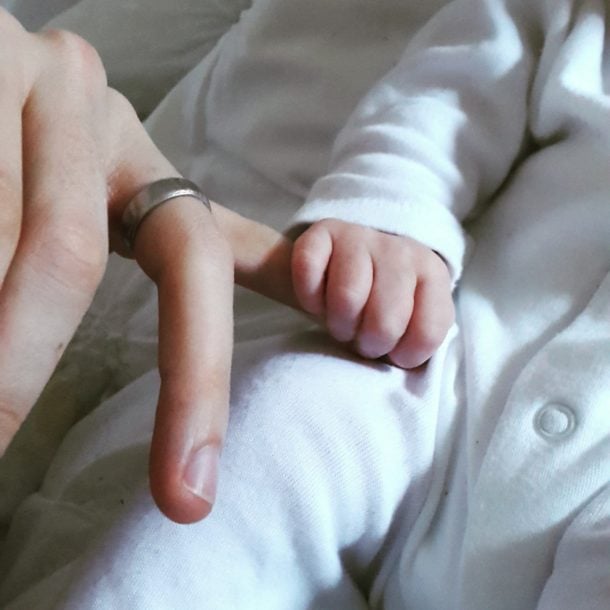
Seek and support your colleagues
Troubleshooting is what we architects do best. Whether it’s a corner detail or a baby sleeping through the night, seek the support of your colleagues. And no gender bias. The men understand as much as the women!
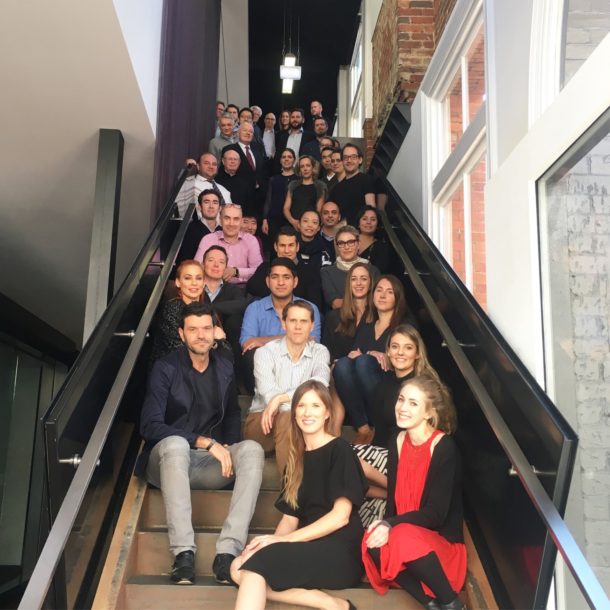
You will be a better mummy because you are true to yourself
Going back to work has always been your determined ambition. It’s not for everyone and there is no guilt attached to that. Now that you are on the cusp of becoming a mum, you will be more aware that your time at work is weighted against its consequence, so find a way to make an impact.
Graduating with a Bachelor of Science at Queens University Belfast and Masters in Architecture from the Mackintosh Glasgow School of Art, Kellie joined COX Architecture in 2013 and became an Associate in 2015. In her roles to date, she has undertaken leadership in design, project delivery and business development.
Kellie’s engagement in the wider industry includes a past academic position as university tutor, her contribution to the National Cox Architecture Future’s Committee and to Consult Australia FutureNet committee. Co-Chair of the National Committee for Gender Equity, member of NAWIC and mother of one, Kellie is determined to see gender equity in the profession and more broadly to interrupt the thinking and perceived limitations placed on women.




















